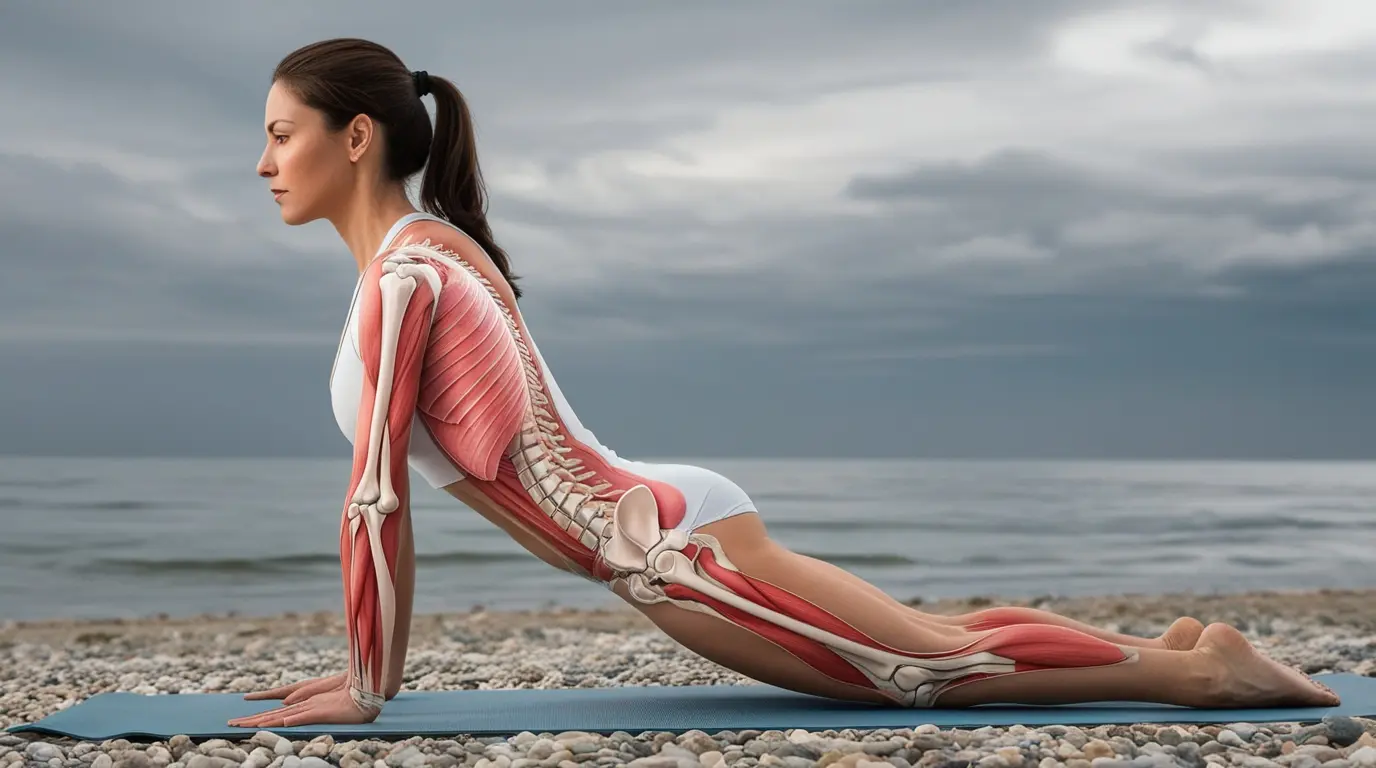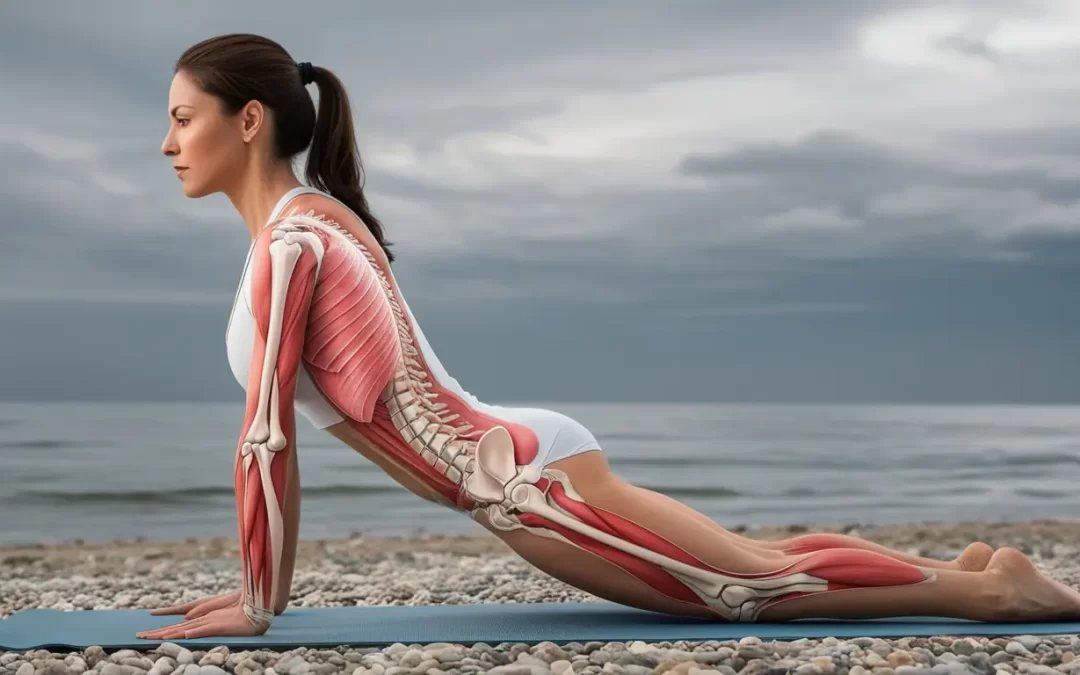Unlock Your Fitness Potential Through Neurological Capacity in Fitness Performance


Most of us think fitness is just about lifting heavier weights or running faster, but the truth is far more fascinating. True performance, mobility, and resilience come from how well your brain, lungs, and muscles work together. This concept, known as neurological capacity in fitness performance, is increasingly recognised as a cornerstone of functional training. Developing neurological capacity in fitness performance allows your body to move more efficiently, recover faster, and perform under pressure.
Even at home, in a park, or at a gym, how you control your breath, sense your muscles and fascia, and coordinate your movements can make a dramatic difference to efficiency, endurance, and injury prevention. Practising awareness of movement, combined with controlled breathing and dynamic muscle work, is the foundation of lasting functional fitness. For gentle preparatory routines, see our Gentle Breathing Practice guidance.
1️⃣ Neurological Capacity in Fitness Performance: Mind-Body Integration
Neurological capacity refers to the brain and nervous system’s ability to manage movement, oxygen intake, CO₂ tolerance, and fascia responsiveness. When trained effectively, it helps you move more efficiently, avoid injury, and sustain effort over longer periods. This is not about “mind over matter” but rather a trained nervous system that knows the limits and capabilities of your body. Focusing on neurological capacity in fitness performance ensures each movement is safer and more efficient.
🌟 Practical Application for Real-World Movement
In our outdoor calisthenics sessions, we teach and cue breathing continuously so that participants can safely explore how far their muscles and fascia can stretch while moving dynamically. By combining slow active stretches with controlled movement patterns, the nervous system learns to recruit the right muscles at the right time. This coordination improves stability, balance, and overall efficiency — qualities that transfer to everyday activities and sports alike. For targeted fascia mobility and recovery, try our Can You Stretch Fascia guide.
2️⃣ Practised Breathing: Optimising Performance and Endurance
Automatic, efficient breathing is the second corner of performance. Learning to inhale and exhale deeply, even under high exertion, improves oxygen delivery, delays fatigue, and supports coordinated movement. This breathing efficiency enhances how the nervous system and muscles work together, making your movement more fluid and controlled.
💨 Benefits in Everyday and Athletic Movement
- Better endurance at moderate or high intensity.
- Greater control during complex sequences like lunges, hinge patterns, or balance work.
- Reduced nervous system stress and improved recovery between efforts.
- Enhanced proprioception, as breath cues help the nervous system coordinate joint angles and muscle engagement. You can also explore our Breathing for Endurance page for advanced techniques.
3️⃣ Developed Muscles and Fascia: Strength Meets Elasticity
Muscular and fascial development is the third corner. Muscles need to sustain load, stabilise joints, and generate explosive power when required. Fascia primes elastic recoil and movement efficiency, allowing for smoother transitions between dynamic exercises. Developing these tissues in conjunction with neurological awareness and controlled breathing ensures that strength is functional and resilient.
💪 Functional Integration in Training
Multi-planar movements, plyometrics, and isometrics train muscles to work with fascia and nervous system cues. When combined with controlled breathing and neurological awareness, strength becomes functional, mobile, and responsive. Participants often notice smoother movement patterns and better control in both dynamic and static exercises. For exercises supporting core strength and postural stability, see our What to Do About My Belly guide.
⚡ Integrating the Three Corners of Performance
When the three corners are trained together — 1️⃣ Neurological Capacity, 2️⃣ Practised Breathing, 3️⃣ Developed Muscles and Fascia — performance, mobility, and endurance improve simultaneously. This integrated approach ensures safer, more effective movement patterns and builds lasting functional fitness. Practising these together teaches the body and mind to work as a coherent system, rather than isolated parts. Enhancing neurological capacity in fitness performance is the key to unlocking this synergy.
🎯 Actionable Tips for Functional Fitness
- Include slow, controlled active stretches that challenge both muscles and fascia.
- Practice nasal breathing during dynamic exercises to improve CO₂ tolerance.
- Incorporate multi-planar, functional movements rather than isolated lifts.
- Mix HIIT, calisthenics, and yoga flows for a balanced approach.
- Track improvements in movement quality, endurance, and control rather than just muscle size or weight lifted.
📍 Join Our Outdoor Sessions in Southsea and Portsmouth
Experience this integrated approach first-hand in our outdoor sessions near Southsea and Portsmouth. Train your nervous system, muscles, and breath together, and discover how much more efficient, resilient, and mobile your body can become. Whether you are improving everyday movement or seeking better performance in HIIT and yoga flows, this approach builds lasting, transferable fitness.
You can Comment or ask questions on this post in Instagram.
We would love to hear from you!
Want to explore more about how fascia influences movement, mood, and memory?
Visit our fascia-informed movement and emotional wellbeing homepage to dive deeper into the science and practice.
